There are amazing and surprising facts about Sudan that one needs to pay attention to. From the language to its culture to its wildlife and most importantly to its historial background.
Here are detailed explanation to many facts about Sudan you would have come across or not even heard about;
Introduction
Sudan is a country in NorthEast Africa. It borders the Central Africa Republic to the SouthWest, Chad to the West, Egypt to the North, Eritea to the NorthWest, South Sudan to the South, and the Red sea.
It has a population of 46.7 million people. Sudan is the Africa third-largest country in area with 728,215 square miles. It was the largest country by area in Africa until it gave out South Sudan in 2011.
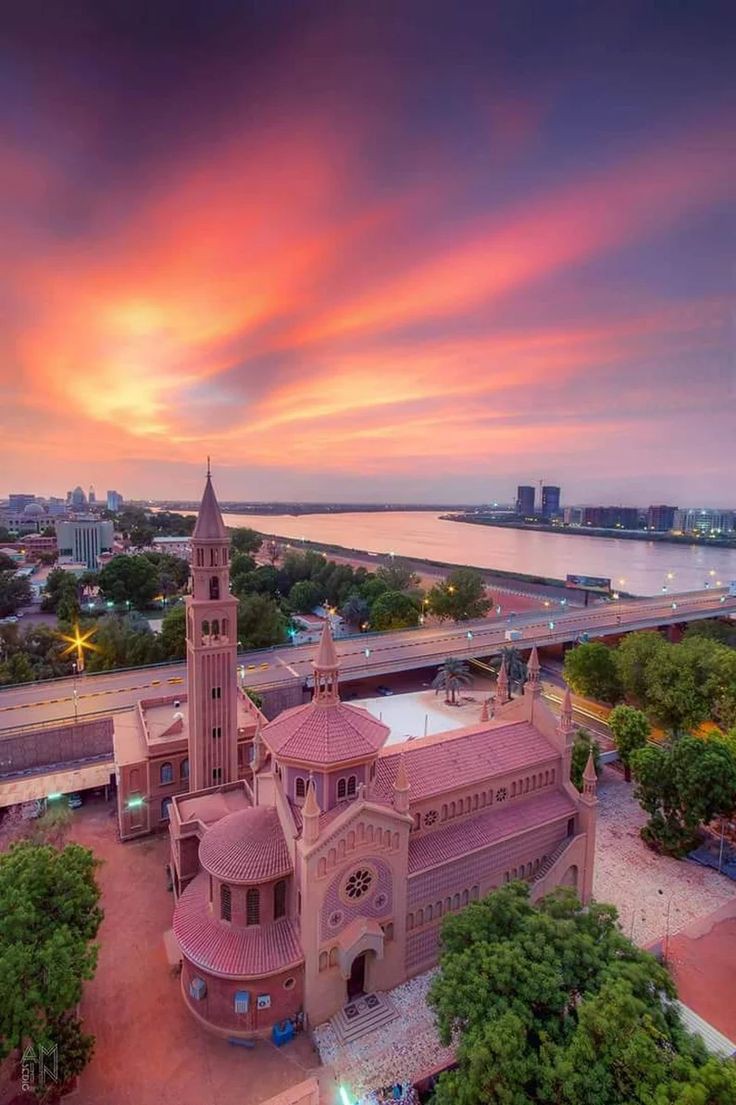
Since ancient times, the Sudan region has been a ground for interaction between the cultural traditions of Africa and those of the mediterranean world. Islam is high in many Northern parts of the region as expected while other Africa cultures and variants of its Arabic language is predominated in the South.
Below Are 12 Surprising Facts About Sudan You Need To Know;
Arab World’s Food Basket
Sudan is the only Arabian country in North Africa that has a significant fertile land for agriculture unlike the rest that are almost filled with unfertile desert.
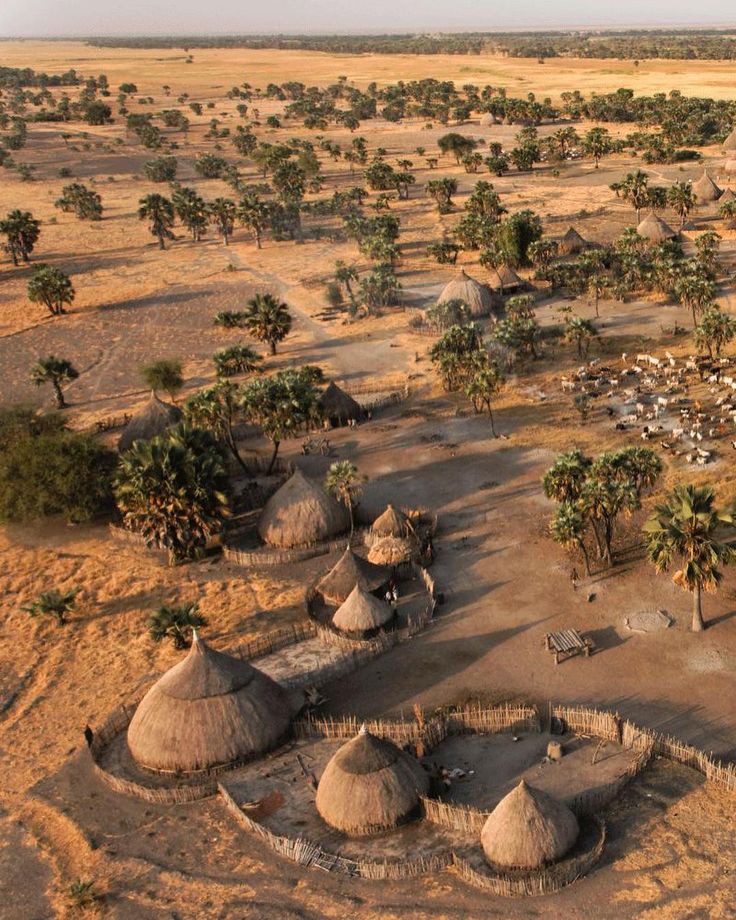
Despite Sudan not being a fully Arabian land, having less than 10% of Arab land, it occupies more than half of the Arab arable land, as it does export of food items to other Arabian countries in the region. Sugarcane, cotton, sorghum, millet and gum arabic are the major productions in Sudan.
Was Once African’s Largest
Pre-2011, Sudan was the largest country on the African continent. The country had 8% of the whole African continent, that was 2% of the whole world’s total land area.
During this period, it claimed the Africa’s largest country and the tenth largest in the world. All this came to an end when South sudan separated from Sudan in 2011. As a result, it relinquished the title to Algeria and became the third-largest in Africa and the world’s 15th largest.
Eversince the two countries got split, there have been tensions and disputes here and there over shared oil revenue and borders.
Sudan Imports Machinery. It Is Abundance In Gemstones
There are diversity rock types in Sudan, which consist varieties of minerials, the gemstones are not exception. The gemstones include diamond, ruby, beryl, emerald etc. The country exports these gemstones along with oil and sugar.
However, the country depends on imported machinery which is mainly used for extraction activities and other petrochemical and agricultural purposes. Sudan also imports foodstuffs such as wheat and tea.
2.5 Million People Died In The Second Civil War
2.5 million Sudanese lost their lives during the second civil war in Sudan, a continuation of the first Sudanese civil war of 1955 to 1972. The second civil war happened in the 1980s after the orthodox arab regime assumed control in the country and declared the country an islamic state, a country that is dominated by christians and animists.
As a result, this led to a civil war in the country. The civil war was led by Sudanese People Liberation Army (SPLA) under the leadership of Dr. John Garanga. The war is regarded as one of the longest civil war ever. It lasted almost 22 years.
“Sudan” means “the land of the blacks’
Ancient Sudan was the ancestral land of Black Nilotic tribes. When arabs invaded and got control over Sudan, part of Black Nilotic tribes were assimilated via intermarriages and slavery, while the other part were taken further down South. Despite that, the Arabs showed respect and recognition of the ancestral land by naming it with ‘Bilad as-Sudan’, as it was abbreviated to ‘Sudan’.
More Pyramids Than Egypt
Another surprising facts about Sudan is its being the country with the highest number of pyramids in the world. Sudan has over 200 pyramids that Egypt, with the Kingdom of Kush alone accounting for over 255 pyramids.
However, Egypt is known with pyramids because the pyramids in Sudan are smaller in sizes compared to the ones in Egypt. Moreover the pyramids in both countries are equally decorated and beautified, having the same characteristics.
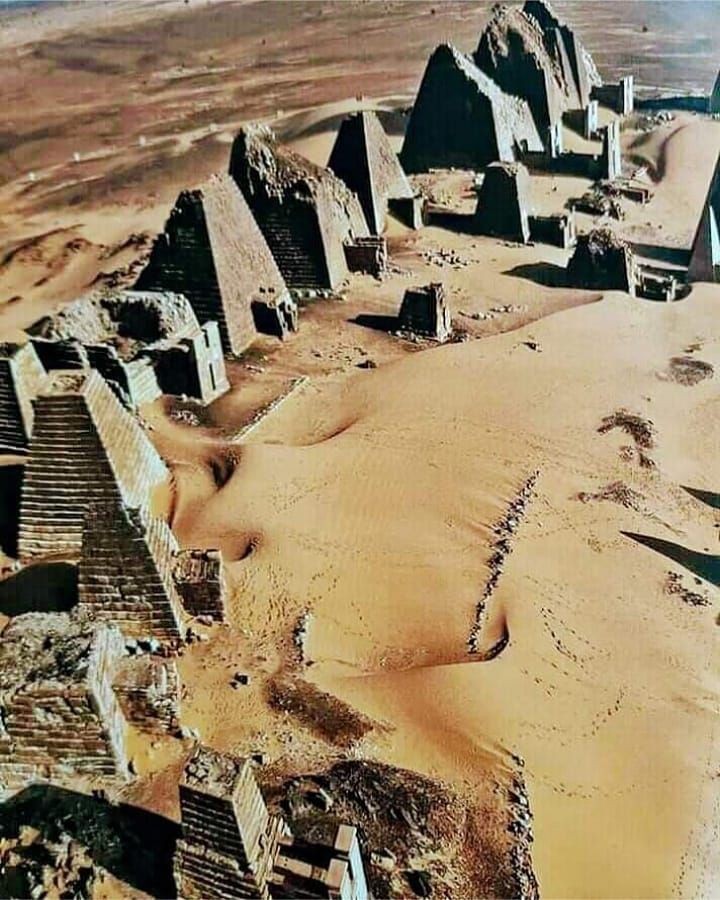
In Sudan, there are two popular sites home to some of these pyramids. The UNESCO-listed Archaeological sites of the island of Meroe and the UNESCO-listed Archaelogical sites of the Napatan region, with the former housing over 100 pyramids dating from the 8th century BC to the 4th century AD. The latter encompasses five distinct archaelogival zones with features like tombs, pyramids, palaces and burial mounds as far as 900 BC back.
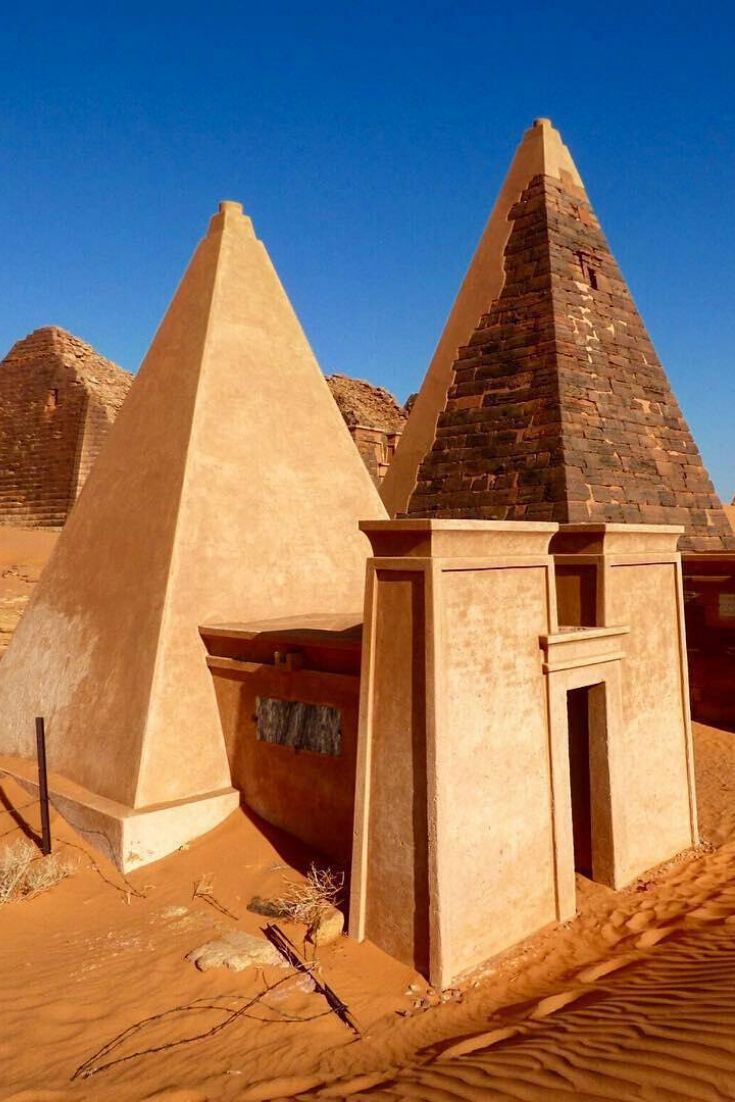
A Doctor To 10,000 People
According to WHO, the ratio of doctors to people in a country should not fall below 45 doctors per 10,000 people and 23 healthcare workers per 10,000 of the population. However, that is not the case in Sudan as the health care distribution is very low and complex.
This led to the mishandling of the health crisis the country has faced. From the maternal mortality to the outbreak of cholera and Rift Valley fever (RVF) to the micronutrient deficiences caused by insuffiencent growth outcrops. In addition, 32% of the population is reportedly drinking contaminated water from untreated sources.
As a result, 14% of Sudanese don’t have access to health care.
Home for Wildlife
Sudan’s widelife includes cheetahs, elephants, giraffes, leopards, monkeys and varities of antelopes. Birds like bustards, guineal fowls and storks are also found in Sudan.
Reptiles such as crocodiles and varities of lizards can also be found in Sudan. Another surprising facts about Sudan are the extinction rates of its wildlife. Only two species of Sudanese wild animals are extinct. The bulls that went into extinction in 1627 and the beautiful white oyrx that went into extinction in the late 90s.
Sudan has many protected areas for its wildlife; the Game and Reserves National Park, the Dinder National Park, Random National Park etc.
Sudan Hosted The First AFCON
The First African Cup Of Nations was played in Sudan in 1957 at the capital city of Sudan, Khartoum. Sudan, Egypt and Ethopia were the only three teams that participated in the first AFCON. The AFCON was won by Egypt after they defeated Ethopia in the final.
13 years after, the Sudanese national team won its first AFCON in 1970.
The Nile River
Another interesting facts about Sudan are the White and Blue Niles of River Nile that form the Nile at the capital, Khartoum.
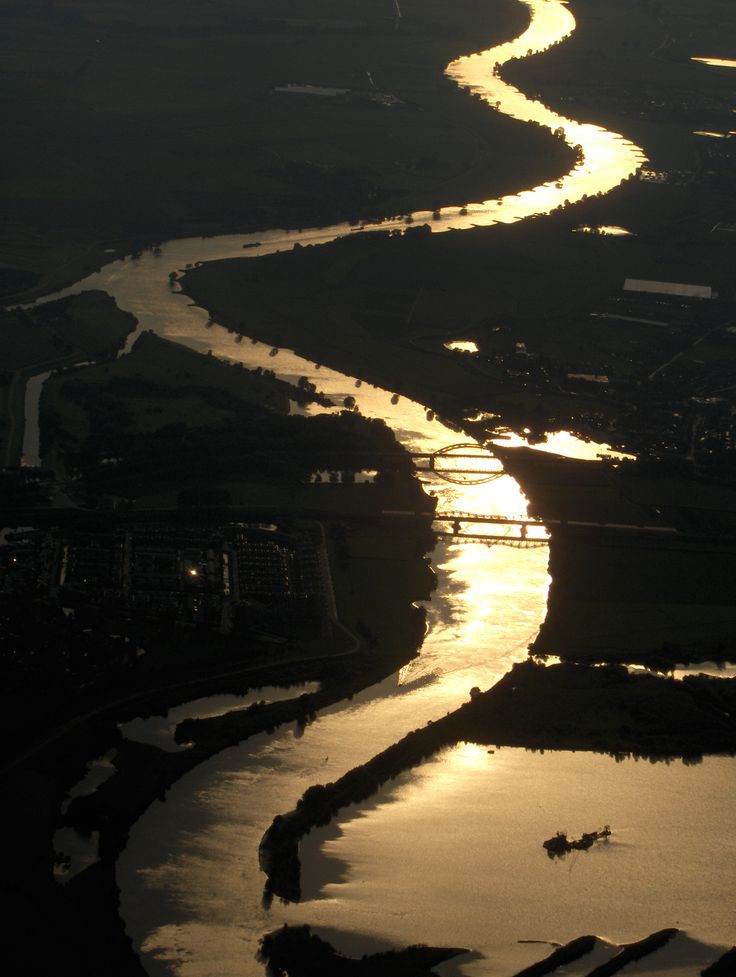
The major economic asset of Sudan is the river Nile. The Nile river is arguably the biggest river in the world. The river cuts across 9 African nations. It has two major ends, the White and Blue Niles. These two Niles flow together from their respective sources and form Khartoum Nile.
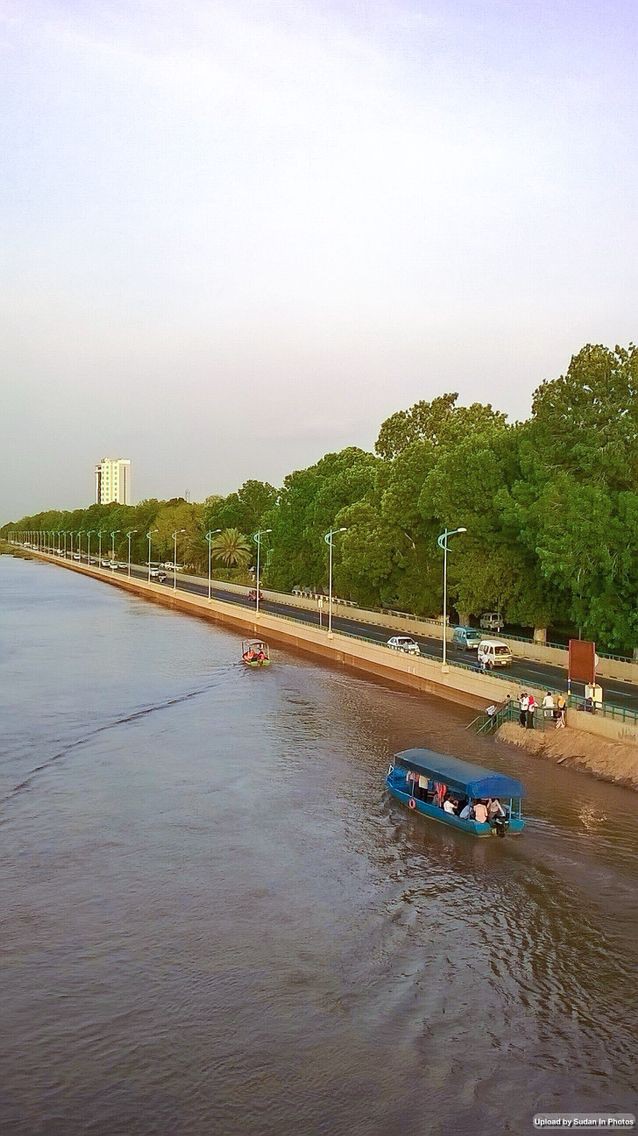
Interestingly, the Nile river is a God-given gift to Sudan and the Egyptians. The waters of the Niles has made agriculture activities easier in both countries.
Sudan Was Colonized By The UK And Egypt
Sudan had been officially governed as a condomium. Condomium means the joint control of a state affairs by another state. Sudan was jointly ruled by both the UK and Egypt, as a territory called Ango-Egyptian Sudan.
However, Egypt was being colonized by the Britains during that period. Britain was the de-factor ruler of Sudan, with Egypt serving as the local administrator.
Egypt became independent of the british empire in 1922 but this didn’t stop their joint rule over Sudan. However, things turned around for Sudan when the Egyptian government under King Farouk was overthrown in a military coup in 1952. The new government under army officers Muhammad Nagaib and Gamel Nasser quickly sought a policy of removing Egyptian administrative control over Sudan with the larger goal of granting Sudan independence.
Two years later, Britain and Egypt signed a treaty that granted Sudan independence on the 1st of January, 1956.
Sudan Official Language Is Arabic
Like majority of the Arabian countries in Africa, Sudan’s official language is Arabic but it varies from other Arabic languages in most North African countries. The language is used mainly in dialect namely the Sudanese Arabic. The dialect is classified as the Afro-Asiatic family and it is totally different from the Egyptian Arabic.
However, Sudanese Arabic shares similarities with Hejazi Arabic. There are also significant differences in the Arabic spoken in Sudan by region. In Southern Sudan, an Arabic variant called Juba Arabic is mostly common.
Overtime, Sudanese Arabic has been influenced by many Nubian languages. In Sudan Western region, a variant of Arabic called the Chadian Arabic is spoken and heard among the Baggara as well as other Arabized African countries.
Hejazi and Najzdi Arabic are privalent in the country’s mid-Eastern and mid-Northern regions.
Conclusion
Because it is borded by all the regions in Africa, Sudan has a lot of diversities across board. You can say the cultural and religion influences from its surrounding borderd countries made up Sudan.
You visiting a North African country in the Arab league will give you information about the remaining countries in the region as their cultures are interwoven.







